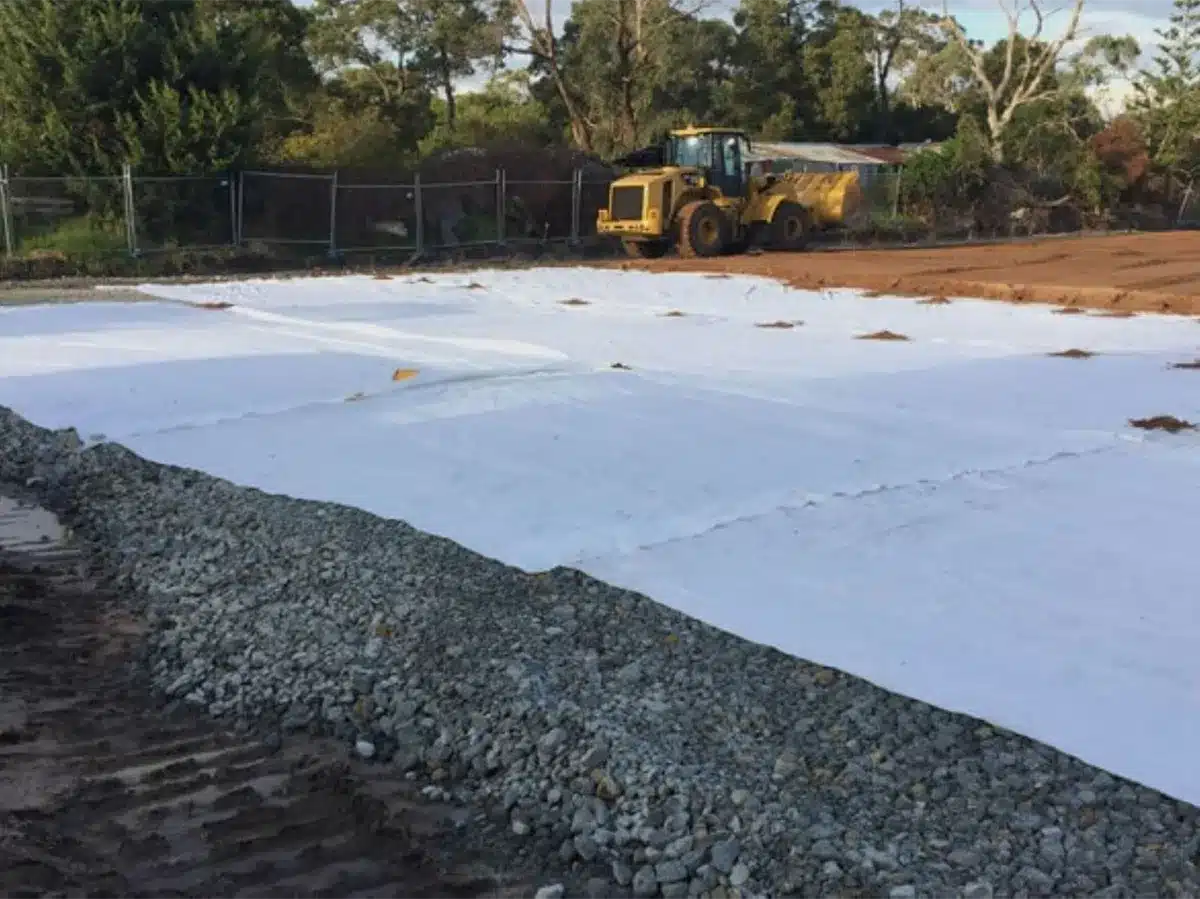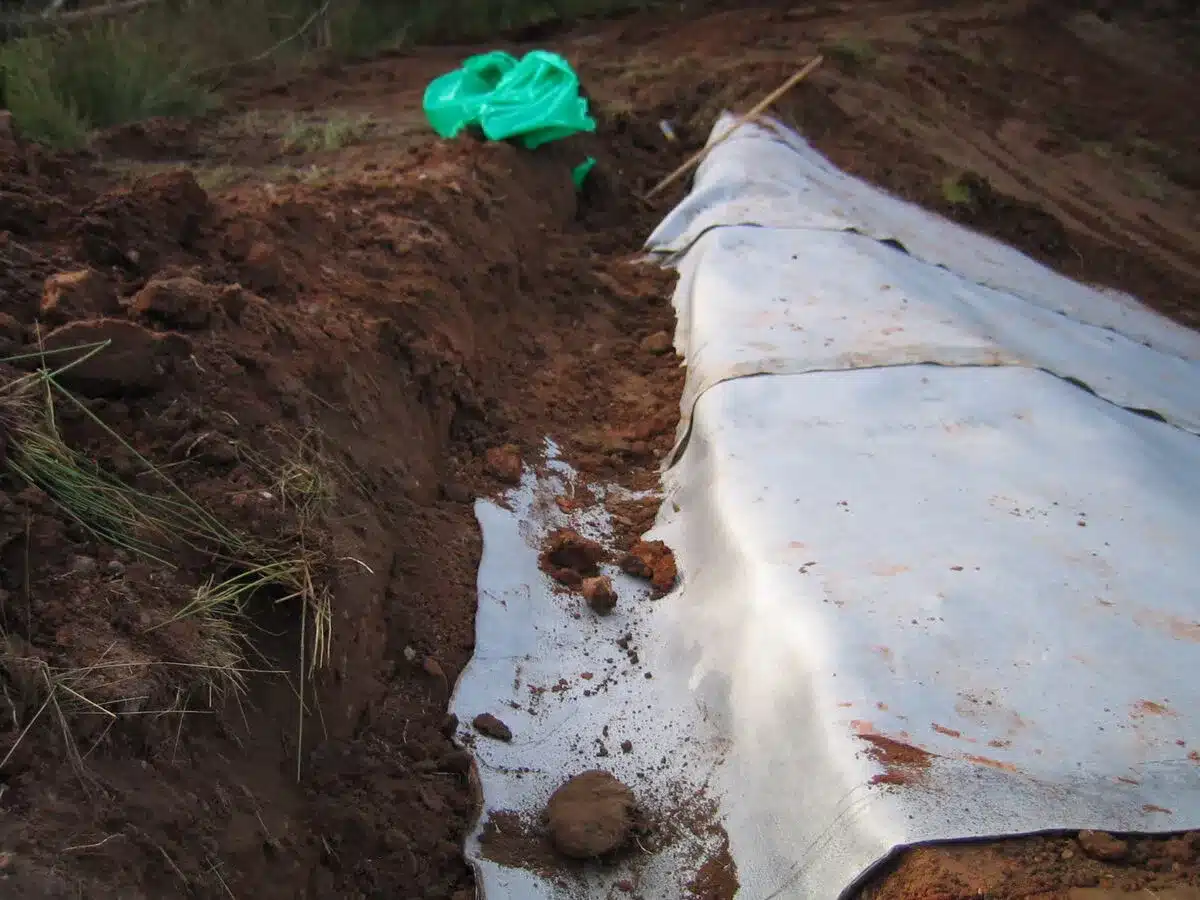How Geotextile Fabrics Drive Innovation in Modern Geosynthetics Projects
Geotextile fabrics have become one of the most critical components in modern geosynthetics engineering, offering solutions for soil stabilization, drainage, filtration, and erosion control. Their versatility has transformed the way construction, road building, and environmental projects are designed and executed.
Infrastructure Applications and Road Projects

In infrastructure projects, geotextile fabrics are widely used to separate layers of soil and improve load-bearing capacity. For example, during the construction of the A1 motorway in the UK, non-woven geotextiles were implemented to reinforce weak subgrades, preventing soil mixing and ensuring long-term stability of the roadbed. Similarly, in New Orleans, geosynthetic materials played a key role in strengthening levees after Hurricane Katrina, where geotextiles were used to prevent water seepage and protect against erosion.
Railway and Slope Stabilization Projects
Another notable case comes from India’s Konkan Railway project, where woven geotextiles were installed along steep slopes to combat landslides and enhance drainage. This solution drastically reduced maintenance costs and improved the safety of the railway route. In Australia, coastal protection projects have applied geotextile sandbags to build artificial dunes, protecting shorelines from storm surges and wave action.
Sustainability and Future Trends

With growing environmental challenges, geotextile fabrics continue to gain recognition for their cost-effectiveness, durability, and ability to reduce the use of natural resources like aggregates. They are a proven choice for engineers looking for sustainable and innovative geosynthetic solutions.
The use of geotextile fabrics has redefined construction and infrastructure development by providing reliable, durable, and sustainable solutions. From highways and railways to coastal defenses and disaster recovery projects, real-world cases prove that these materials not only enhance structural stability but also reduce environmental impact and maintenance costs. As the demand for eco-friendly and efficient engineering solutions grows, geotextile fabrics are set to play an even more significant role in future geosynthetics applications.
Comments
Post a Comment